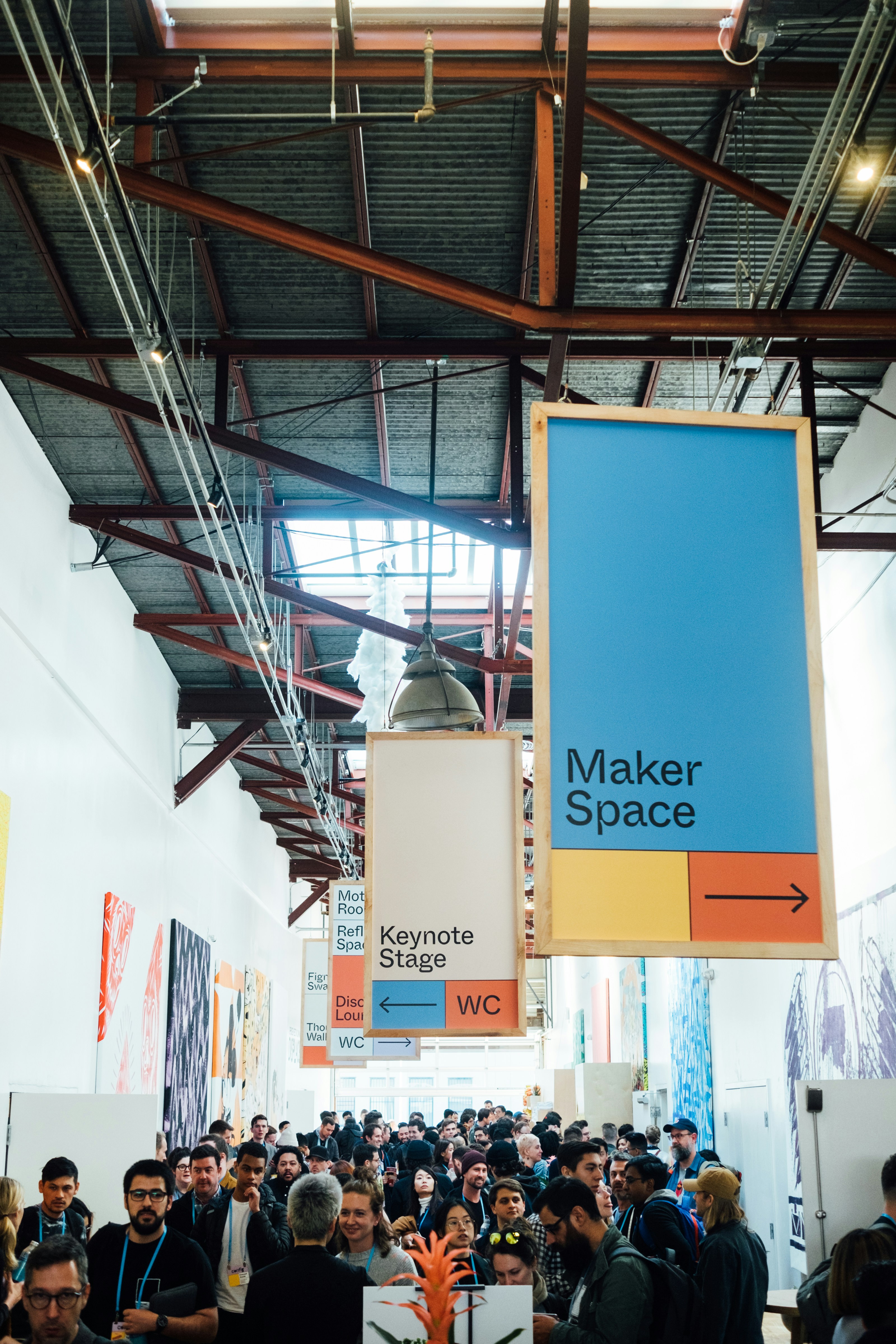Ken Rudin - How to accelerate growth?
In the fast-paced world of tech, growth is the lifeblood of success. Companies like Salesforce, Zynga, Meta, and Google have reached new heights by focusing on an often-overlooked strategy—enhancing existing features rather than just launching new ones. Through years of experience in the tech industry, Ken shares a transformative insight into driving growth through the ARIA framework.
Understanding the ARIA Framework
The ARIA framework stands for Analyze, Reduce, Introduce, and Assist—a four-step process designed to leverage existing product features for maximum growth. By understanding and implementing these steps, companies can systematically identify which features to promote and how to effectively engage users.
Analyze: Identifying Key Features and Target Audiences
The first step in the ARIA framework is to Analyze. This involves identifying which features of your product have the highest potential for driving engagement and growth. Using tools like LLM (Language Model), companies can create user cohorts based on their behaviors, demographics, and origins. By understanding what features resonate best with different user groups, companies can tailor their strategies to target the right audience.
Reduce: Minimizing Friction for Greater Engagement
A critical aspect of boosting user engagement is reducing friction in the user experience. This means simplifying processes by cutting excess steps, reducing complexity, and lowering cognitive loads. By streamlining user flows, such as onboarding or feature usage, companies can significantly enhance completion rates, as demonstrated by Amplitude’s 20% increase after revamping their setup flow.
Introduce: Engaging Users with Existing Features
It's not enough to make features accessible; users must also be motivated to use them. Introducing features involves strategic communication, both through marketing campaigns and within the app itself. By providing personalized and contextually relevant information about features, companies can ensure users perceive and utilize the full potential of what’s available to them.
Assist: Ensuring User Success Through Support
To achieve continuous engagement, users need to experience success with features. Providing assistance through personalized onboarding flows and effective use of templates can help users realize and repeat the value they gain from the product. Offering practical examples and guidance empowers users to fully engage, increasing retention and monetization.
Conclusion
The ARIA framework is a powerful tool that has been successfully implemented by numerous companies seeking sustainable growth. By focusing on enhancing existing features with the support of AI and structured processes, product teams can unlock unprecedented engagement and revenue potential. This strategic shift from creating new features to optimizing existing ones is proving to be an impactful catalyst for growth in the tech industry. For those interested in deeper insights, additional resources are available through Ken’s guest post on Lenny’s newsletter (below)
Download Slide Deck here
The ARIA Framework Explained in more detail
Ask most product teams how they plan to drive more growth, and you’ll frequently hear the same answer: we need more features. More features will make the product more useful, which will lead to more engagement and retention, which will lead to more revenue. Or so the thinking goes.
But in my experience, you can drive significantly more growth by focusing on getting users to engage more with your existing key features and user flows. I realized just how effective it can be to focus on improving the engagement of existing key features when I joined Google in 2015 to lead their growth team. At that time, the average Google Search user in the U.S. did only 12 searches per month (which shocked me—I probably do 12 searches before getting out of bed every morning! 🤓). We wanted to encourage users to search more, because more searches = more opportunities to show ads = more revenue.
Our analysis showed that searches whose results changed frequently (e.g. sports scores, weather, or movie times) were the stickiest searches—users who did those searches would repeat them often. But only about 15% of users were aware of these types of searches. So rather than building new features, we focused on building ways to raise awareness and engagement with the searches we already had. We used several approaches (discussed in the sections below), which together nearly doubled the number of users who did these types of searches—and translated into millions of dollars of incremental ad revenue. 💰
Of course, you need new features to address changing user needs and compete in the market, but most product teams significantly over-index on building new features. Thus, my goal for this post is to provide a framework for (1) identifying key features to double down on and (2) increasing engagement with those features, which will drive overall product growth.
Why increasing engagement with existing key features is more impactful than launching new features
The most important features for a product are usually the ones that were built first. Once you get past a certain level of functionality, a lot of the new functionality on the roadmap often targets just a subset of users (e.g. power users) or supports use cases that are adjacent to the core use cases. So it’s a safer bet that you’ll drive more business impact by increasing engagement with a feature that has already been launched than one that’s still on the roadmap because it wasn’t critical enough to be prioritized.
Another reason to focus on existing features is that you probably have not squeezed the most utility for users, and therefore engagement, out of them yet. When you first release a feature, you’ll usually find that about 80% of the feature’s design works well but the other 20% doesn’t. Some users may get stuck on a step that they find confusing or takes significant effort, and don’t complete the flow, which means they actually get 0% of the feature’s value. For others, it means they use the feature less than they otherwise would, and therefore get less value. By focusing on improving that last 20%, you unlock the full 100% of the value for users.
I’ve applied the approach of focusing on increasing engagement with existing key features many, many times—with several Google products (including Search, YouTube, Google Cloud, and Google Ads), at ThoughtSpot (an analytics vendor I worked at, whose product allows you to analyze data using natural language and AI), and with several other venture-backed companies that I have the honor to advise. I can confidently say that product teams frequently, or even usually, drive more growth by optimizing engagement with existing key features than by launching new ones. And in an economic environment where engineering budgets and projects are being cut, getting more impact from work that’s already been done is even more critical.
If increasing engagement with existing key features frequently has more impact than adding new features, the next question is: How do we increase engagement in a structured, repeatable way?
To deep dive and learn more about the ARIA framework please click here for the complete interview with Ken on Lenny's SubStack Newsletter.

March 12-13, 2025
San Francisco, California, USA


